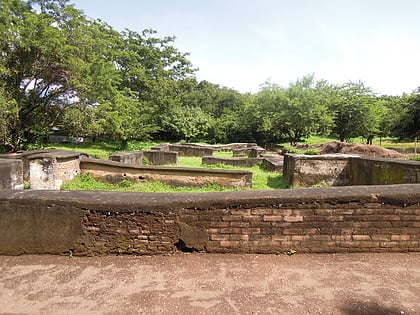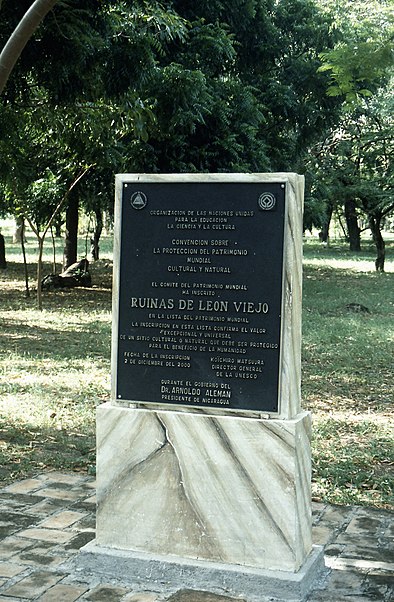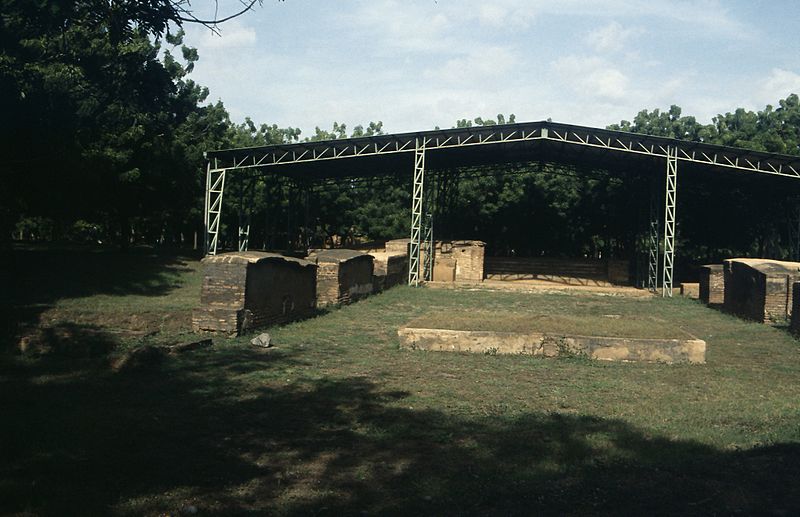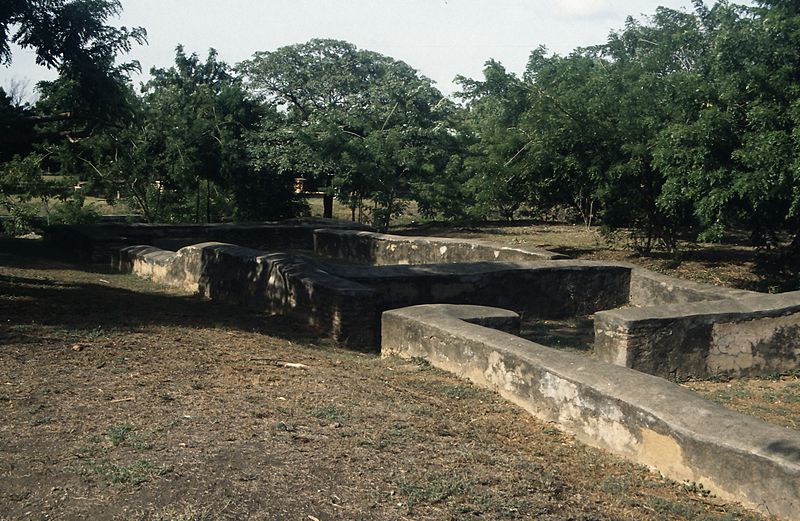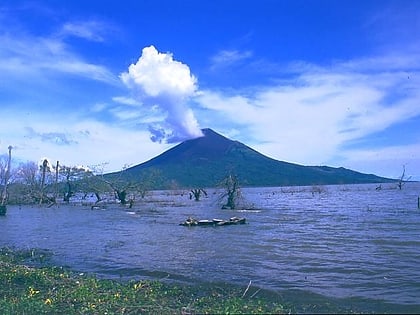León Viejo
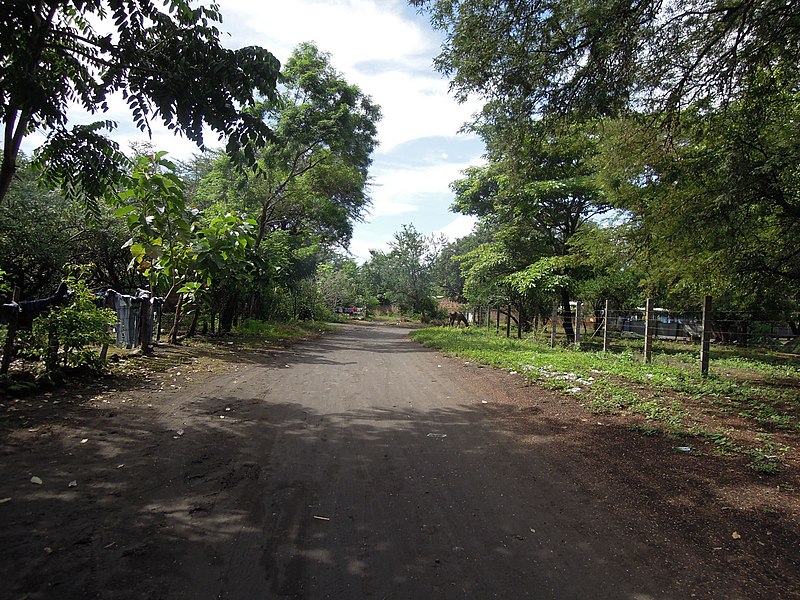
Facts and practical information
León Viejo, Nicaragua, is a window into the past, a remarkable archaeological site that offers a glimpse into the early colonial history of Central America. Founded in 1524 by Spanish conquistador Francisco Hernández de Córdoba, this ancient city holds the distinction of being one of the oldest Spanish colonial settlements in the Americas. However, it was short-lived; by 1610, the settlement was abandoned due to the looming threat of volcanic activity from the nearby Momotombo volcano.
Today, León Viejo is recognized as a UNESCO World Heritage site, preserved as a testament to the tumultuous period of the Spanish conquest and colonization. Visitors to the site can explore the ruins of this once-thriving city, which includes structures such as churches, homes, and municipal buildings. The layout of the city itself provides significant insights into the planning and social organization of the era, as well as the adaptation of Spanish architectural techniques to the local environment.
Excavations at León Viejo have unearthed artifacts that paint a vivid picture of life during the early 16th century, including ceramics, tools, and remnants of daily life. Notably, the ruins stand largely as they were left centuries ago, untouched by modern development, offering a pure historical experience.
Managua
León Viejo – popular in the area (distance from the attraction)
Nearby attractions include: Momotombo.
